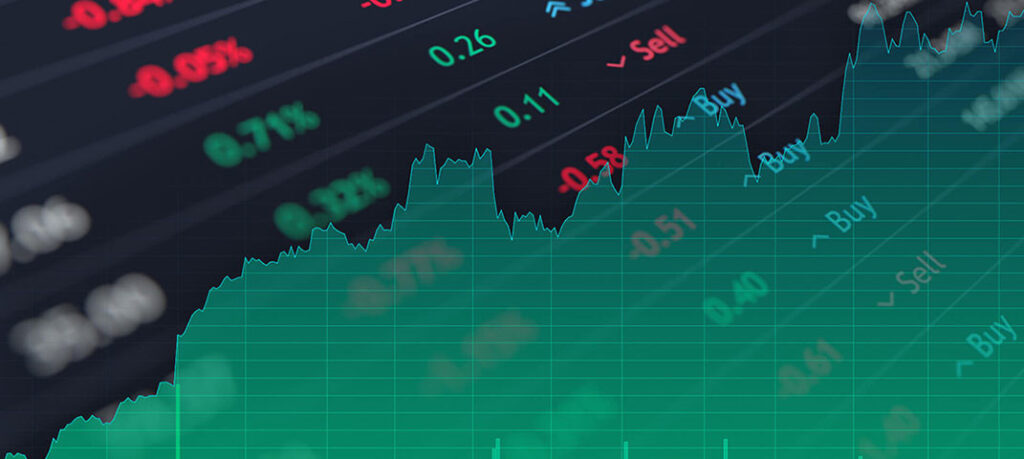What I’m going to tell you about this time is ‘average trading volume,’ which is one of the terms that you often encounter when investing in stocks. Average trading volume is a simple but important indicator of how active a particular stock is trading in the market. Understanding average trading volume can be very helpful in reading the flow of the entire stock market and making investment decisions.
In this article, we will take a closer look at what average stock price is, how we should interpret this indicator, and how we can use it in real investment.

What is the average volume?
Average trading volume refers to the average trading volume of a particular stock over a period of time. For example, if A stock’s average daily trading volume is 100,000 shares, that means that 100,000 shares are traded on average per day. It’s very simple. These indicators are usually calculated based on periods such as 5, 10, 20, 50, 100, 200 days, and so on.
After adding up the trading volume over this period, it is calculated by dividing it by the number of days during that period. An important indicator of a stock’s liquidity and market interest is the average trading volume. A large average trading volume indicates that many investors are interested in the stock, but a small average trading volume can result in low interest from investors in the stock.
Does the average volume matter?
In fact, average trading volume plays a very important role in understanding the price volatility of a stock. In general, the larger the trading volume, the greater the price volatility of a stock. This is because it indicates that many investors are actively making buying or selling decisions about the stock. Conversely, the lower the trading volume, the lower the price volatility. Stocks with low trading volume are likely to be relatively unnoticed in the current market. In addition, the average volume plays an important role in identifying and analyzing support and resistance lines.
For example, if the volume also increases when the stock price rises, this indicates a strong uptrend, which means that investors are currently willing to buy. On the other hand, if the stock price rises and the volume declines, this could suggest that the uptrend may soon weaken. Therefore, the average volume can be used to determine the strength of the market and investor sentiment. It is one of the simple but very important indicators.
Interpretation and Utilization of Average Trading Volume
When interpreting average trading volume, it is important to analyze how the stock moves together.
Here are some of the ways to take advantage of average trading volume.
- Volume Surge:
- When the volume of a particular stock increases sharply above average.
- This could indicate that a significant change has occurred in the market.
- For example, when some good news or bad news is announced and many investors are buying or selling, the volume can jump significantly.
- At this time, the stock is likely to fluctuate significantly.
- Trading Volume Decline:
- Contrary to the above, a sharp decline in trading volume could mean that there is a significant decrease in market interest.
- This is the case when the volatility of the stock price decreases and interest in a particular stock decreases significantly.
- Looking At Trends Through Volume:
- Trading volume increases during an uptrend and trading volume decreases during a downtrend are typical features of a healthy trend.
- Conversely, a decrease in volume during a rise in the stock price or an increase in volume during a fall in the stock price could suggest a possibility of a reversal from the current trend.
- Trading Volume and Support Line/Resistance Line:
- If trading volume increases when the stock reaches the support level, it is likely that the support level will remain strong.
- Conversely, if trading volume increases at the resistance level, the likelihood of breaking that resistance level increases.
Conclusion
The average trading volume is one of several important indicators for stock investment, which is very helpful in determining market interest along with the flow of stock prices. These indicators allow investors to predict market volatility faster and make wise investment decisions. When investing in stocks, it is important to analyze trading volume indicators, such as average trading volume, along with stock prices, rather than just analyzing stock prices. You will be able to achieve more stable and successful investment results through this. Thank you for reading this article as well.
Also Read:
https://www.investopedia.com/terms/e/eps.asp
https://www.stockguidebook.com/return-on-equity-roe-meaning-and-how-to/



